Of Note
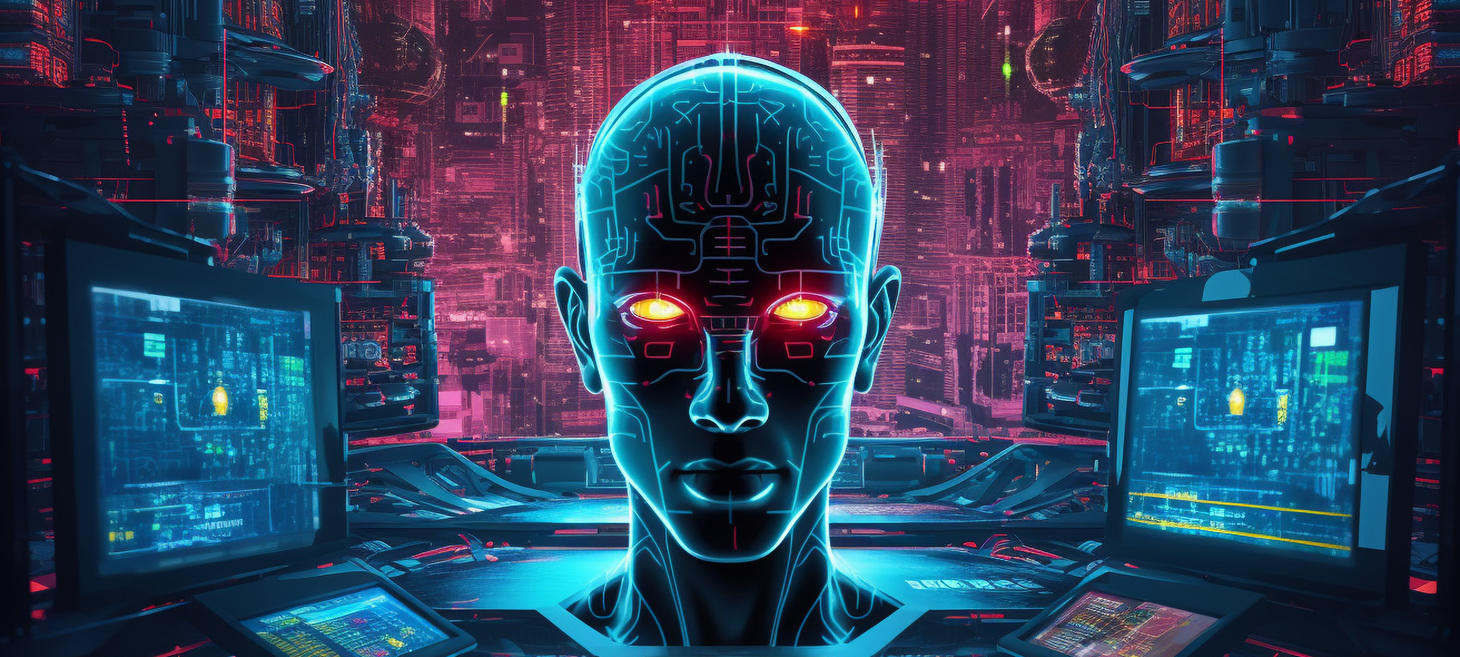
Industrial Robotics Industry Forecast Report to 2035
The global industrial robotics market size is estimated to grow from USD 17.6 billion in 2025, to USD 39 billion by 2035, at a CAGR of 7.49% during the forecast period to 2035.
Industrial Robotics Market: Growth and Trends
The fourth industrial revolution is transforming manufacturing processes within various organizations by incorporating robotics and interconnected devices. Over the years, there has been a growing global need for consumer electronics and automobiles.
As a result, manufacturers are continuously employing industrial robots to automate several manufacturing processes that require consistent replicability. Industrial robots are robust machines specifically designed to expedite numerous manufacturing tasks through automation.
These machines come with at least one robotic arm intended to carry out hazardous or repetitive duties in factories. Industrial robots offer the versatility to function under a wide range of challenging conditions, such as high-pressure vacuum environments and radiation zones, minimizing direct human involvement. Additionally, specialized grippers can be attached to the robotic arms, allowing them to manage delicate tasks and lift weights of several tons.
It is noteworthy that there are currently more than three million industrial robots in operation worldwide. These robots can achieve a higher efficiency rate than human workers.
The International Trade Administration (ITA) reports that companies that use automated labor have seen productivity improvements exceeding five percent.
Consumers are showing a preference for more adaptable industrial robots capable of handling a diverse array of payloads. For example, KUKA industrial robots can lift weights up to 500 kilograms, with an arm extension exceeding 2,500 millimeters.
Artificial Intelligence
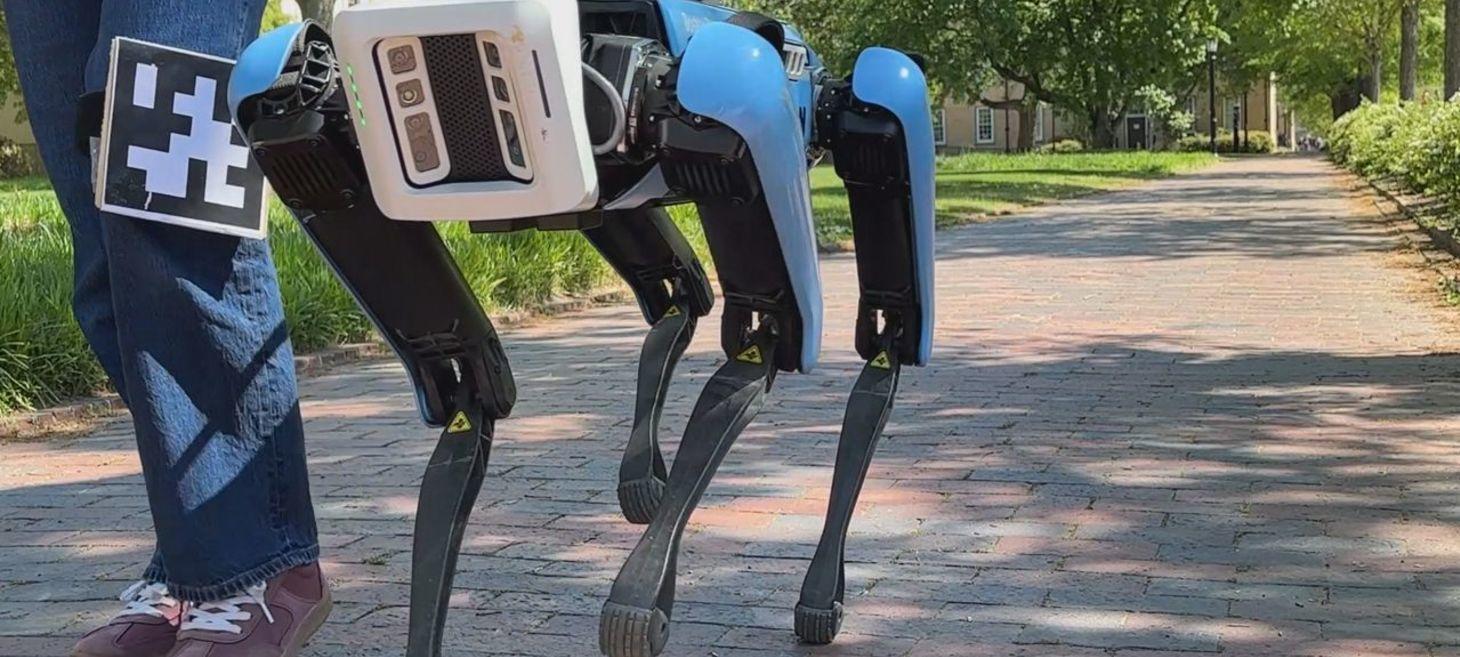
UNC lab builds robots to work with, not replace, humans
The global robotics race is heating up. Tesla recently released a video showing new progress on its humanoid robot, Optimus. Meta announced plans for a new division to build AI-powered robots to assist with physical tasks. Amazon is investing $10 billion into an AI campus in Richmond County.
At the University of North Carolina at Chapel Hill, researchers are working on the kinds of tools that may one day help robots fit seamlessly into our everyday lives.
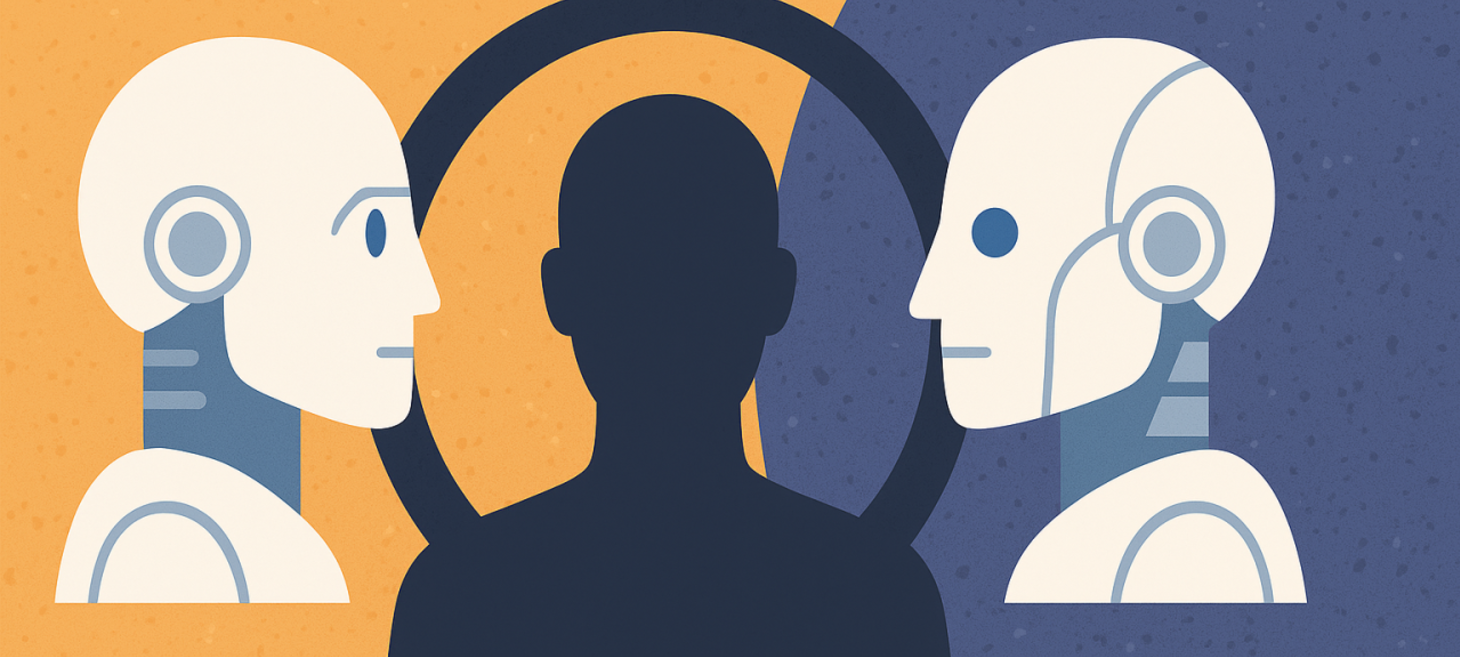
The Human in the Middle - Why Agentic AI Needs More People, Not Fewer
We’re hearing a lot about autonomous agents lately.
They draft reports. File help desk tickets. Execute sales workflows. They sound impressive—until you try to deploy one in the real world. That’s when the hype hits a wall. Because what looks autonomous in a demo behaves very differently under enterprise pressure.
And here’s the quiet truth behind the Agentic AI movement:
If you want reliable autonomy at scale, you don’t remove people.
You insert them—strategically, intentionally, and systemically.

The Truth About AI Agents in Construction
Construction is a massive industry worldwide, and the contract is at the core of every project. We're called contractors for a reason. When 50% of projects finish over budget or behind schedule, someone—whether it's a general contractor, trade partner, owner, architect, engineer, or insurance carrier—is going to "win the unlucky sweepstakes" of having to pay more than they anticipated.
The fundamental issue? The failure of project teams to understand their contracts and administer them properly in the field is the number one cause of disputes in our industry.
Innovation
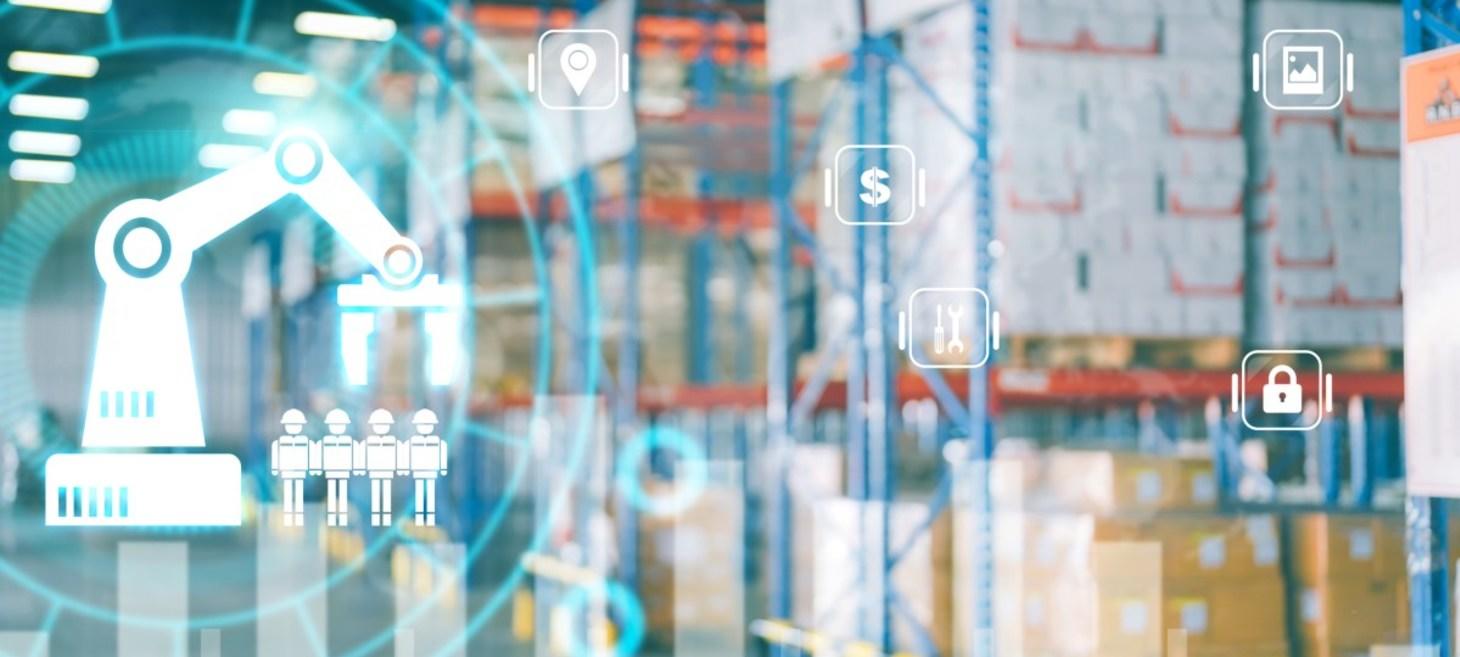
How Warp is introducing robots to automate its network of warehouses
Warp was founded in 2021 to help companies streamline their shipping supply chains and reduce costs through its tech-enabled network of shippers, carriers, and warehouses.
Now, it wants to make supply chains further efficient by using robots to automate its web of warehouses.
Technology
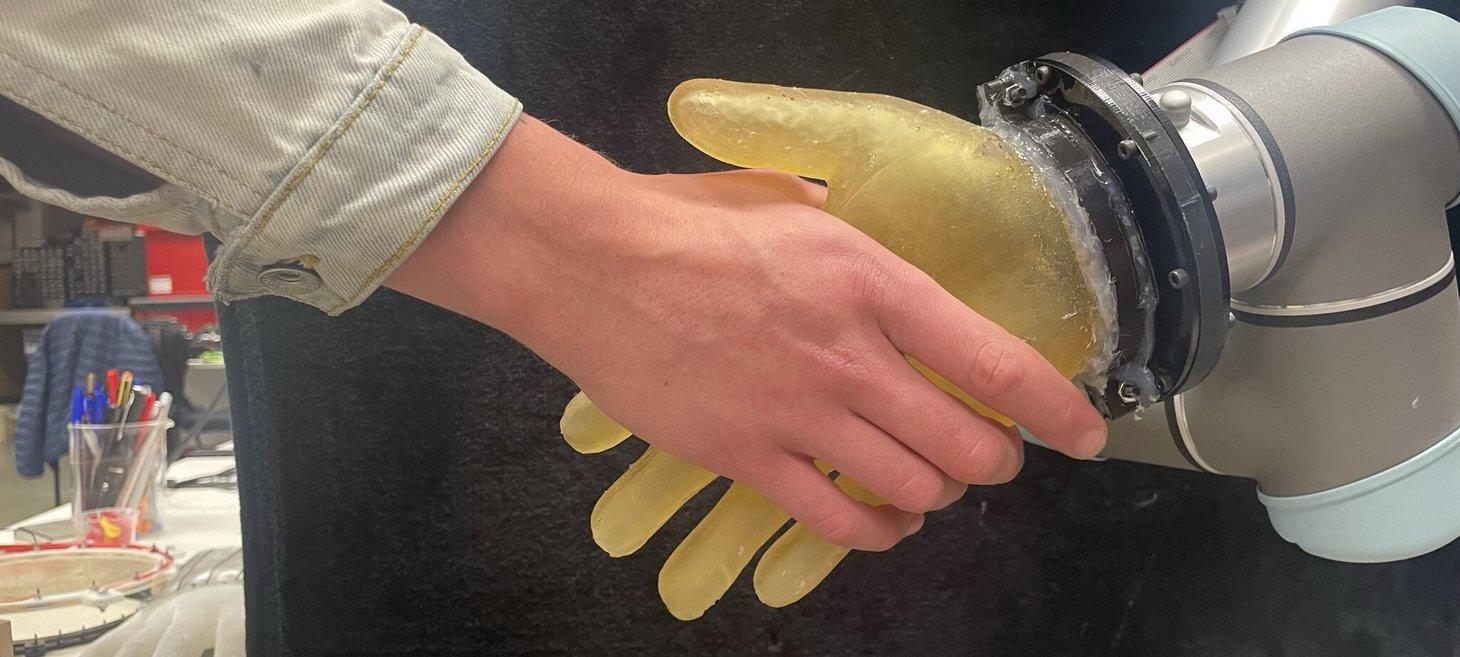
Single-material electronic skin gives robots the human touch
Scientists have developed a low-cost, durable, highly sensitive robotic "skin" that can be added to robotic hands like a glove, enabling robots to detect information about their surroundings in a way that's similar to humans. The results are reported in the journal Science Robotics.

Why humanoid robots need their own safety rules
Humanoid robots pose unique safety risks. That's driving a push for new standards before they start sharing our workplaces and homes.

Meta Debuts AI to Help Robots 'Understand the Physical World'
Meta has introduced a model to help train robots and other artificial intelligence (AI) agents.
V-JEPA 2, announced Wednesday (June 11), is designed to help AI agents “understand the physical world and predict how it will respond to their actions,” Meta said on its blog.
The tech giant says these capabilities are key to developing AI agents that think before acting, with V-JEPA 2 marking progress toward the company’s goal of creating advanced machine intelligence (AMI).

From Cars to Cyborgs? BYD’s Humanoid Robot Program Shifts Into High Gear
Chinese automaker BYD has made significant strides in humanoid robotics, establishing a dedicated department under Chairman Wang Chuanfu. After recruiting talent last year, the company is ready to transition from R&D to mass production of humanoid robots.
Investment
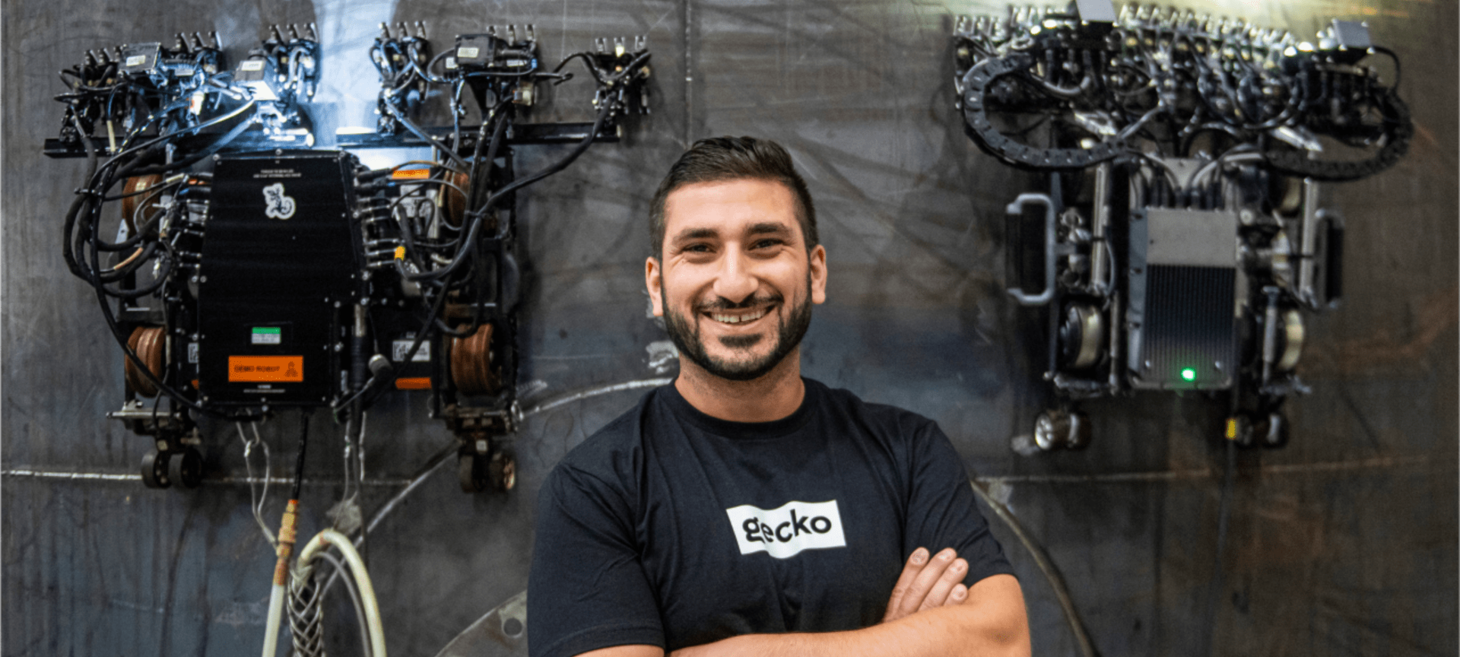
Gecko Robotics raises $125 million surpassing billion-dollar valuation
The company’s technology has been increasingly utilized in the defense, energy and manufacturing sectors, industries where insights on the health of costly aircraft, ships, pipelines and plants are invaluable.
Research
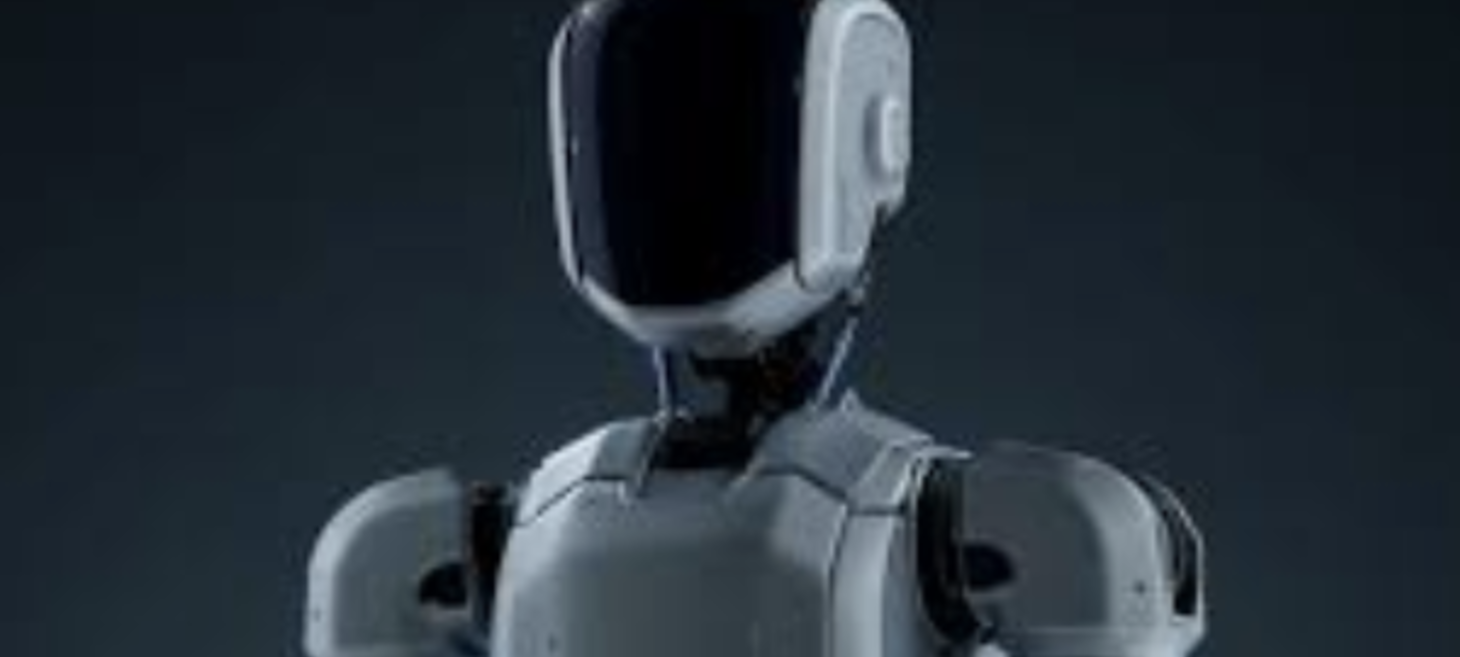
Discover how robots are transforming the medical industry
Robots are rapidly changing the way we live and work. Whether helping us navigate dangerous terrains or supporting farming efforts, programmable machines are transforming many industries – and healthcare is no exception. In fact, the medical industry has been something of a leading light in this area, with forms of robotics being used by doctors for over three decades.